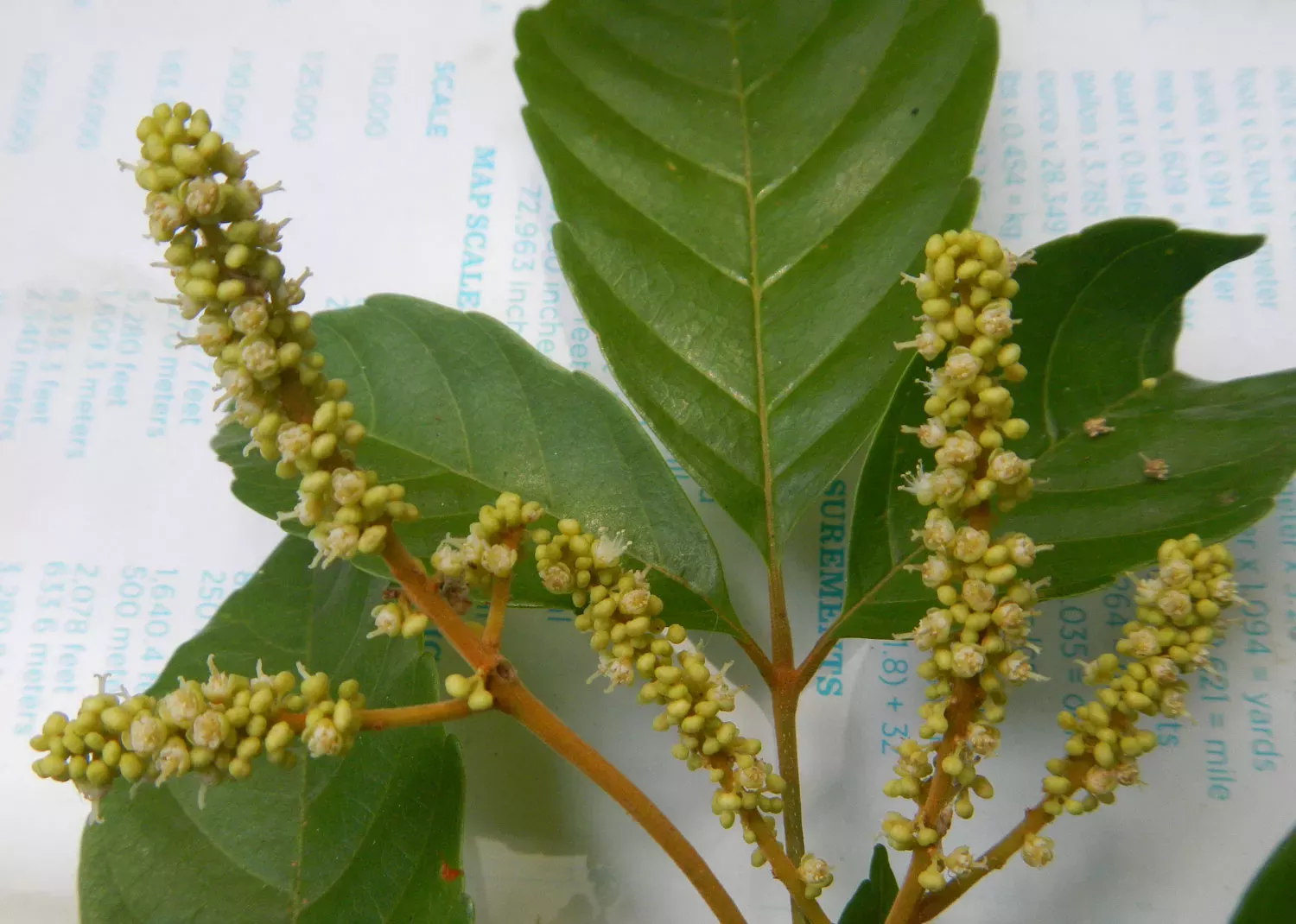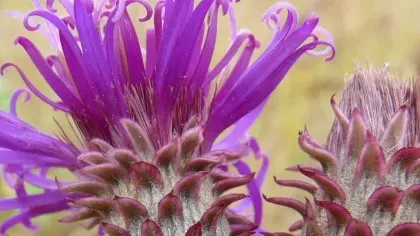19 July 2019
Endangered trees
The latest IUCN Red List update includes trees from Guinea and Madagascar.

The International Union for Conservation of Nature’s Red List of Threatened Species (IUCN Red List) is an assessment of the conservation status of plants, animals and fungi across the globe.
The latest update sees an increase in trees included on the Red List, many of which were assessed by Kew scientists. Assessments for most of the dry forest trees of Madagascar have been added.
Two tree species from Guinea, Africa have additionally been listed as Endangered. The bark of the evergreen tree Allophylus samoritourei is used medicinally for treating fevers and epilepsy. It is known from only 180 mature individuals in Guinea and it is estimated to have less than 250 mature individuals throughout its entire range. The species is highly threatened by mining, agriculture and urban expansion. It is suspected that its population will suffer a decline of 25 per cent or more within the next 100 years if rates of deforestation and current threats continue.
The bark of the small tree species Fleurydora felicis is also used for medicinal purposes. Endemic to Guinea, it is suspected that the population is declining. This species is mainly threatened by fires and harvesting.
Guinea has a high rate of habitat loss and fragmentation. It is estimated that 96 per cent of its original forest cover has already been lost. Kew’s Tropical Important Plant Areas (TIPAs) project in Guinea has been working to prevent the extinction of Guinea’s endemic, threatened and socio-economically important plant species.
Colin Clubbe, Head of Conservation Science said:
"The huge increase in the representation of trees on the Red List is a vital step towards their conservation. Kew scientists have contributed to the Global Tree Assessment with assessments of tree species from numerous tropical countries. We’ve focused on concentrations of threatened trees which can help define national conservation priorities including, for example, assessments of many of the dry forest trees of Madagascar assessed by Kew’s Madagascar-based specialists at Kew Madagascar Conservation Centre."



